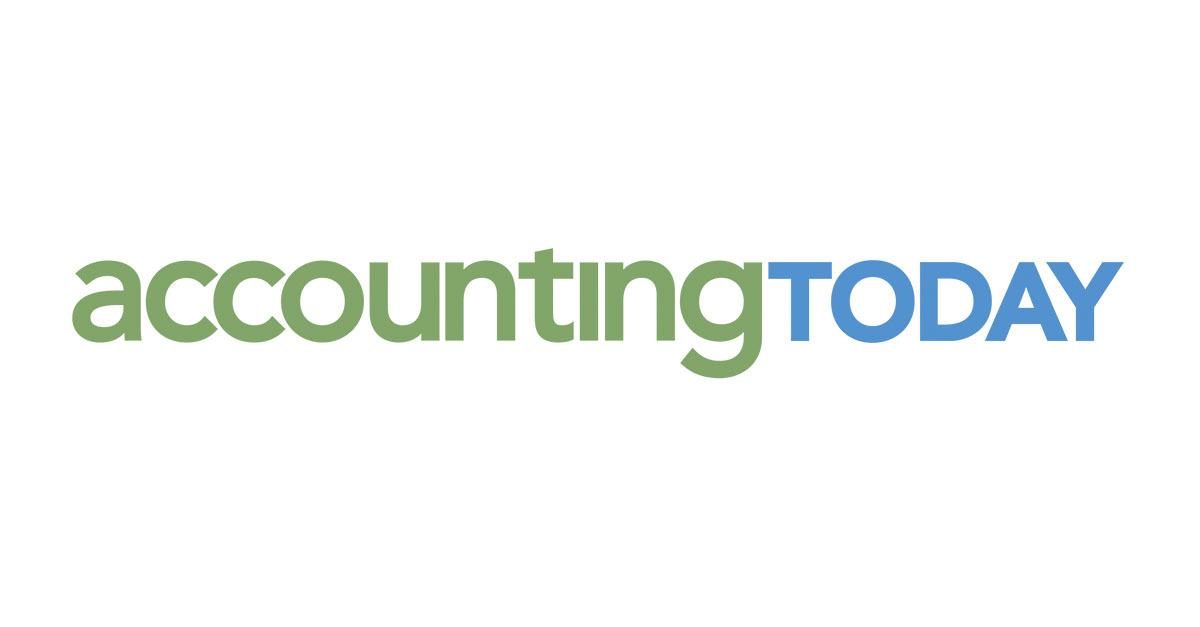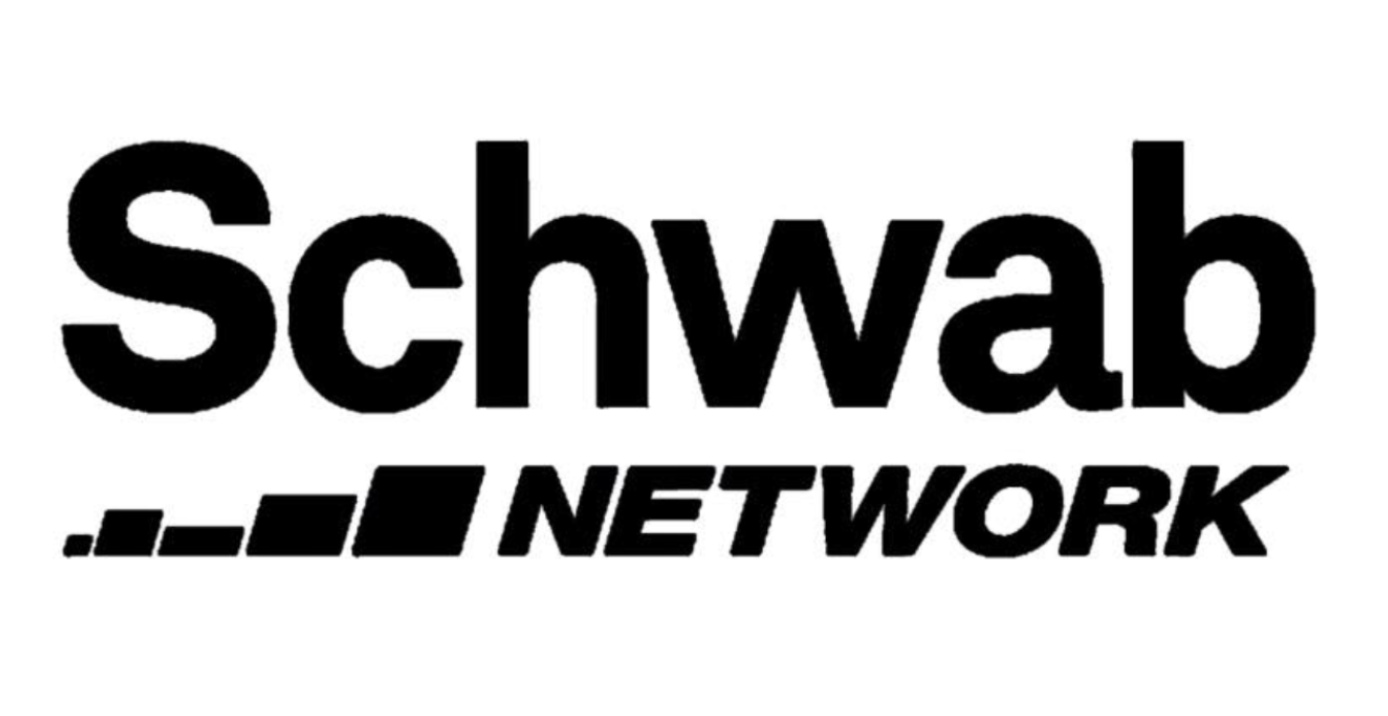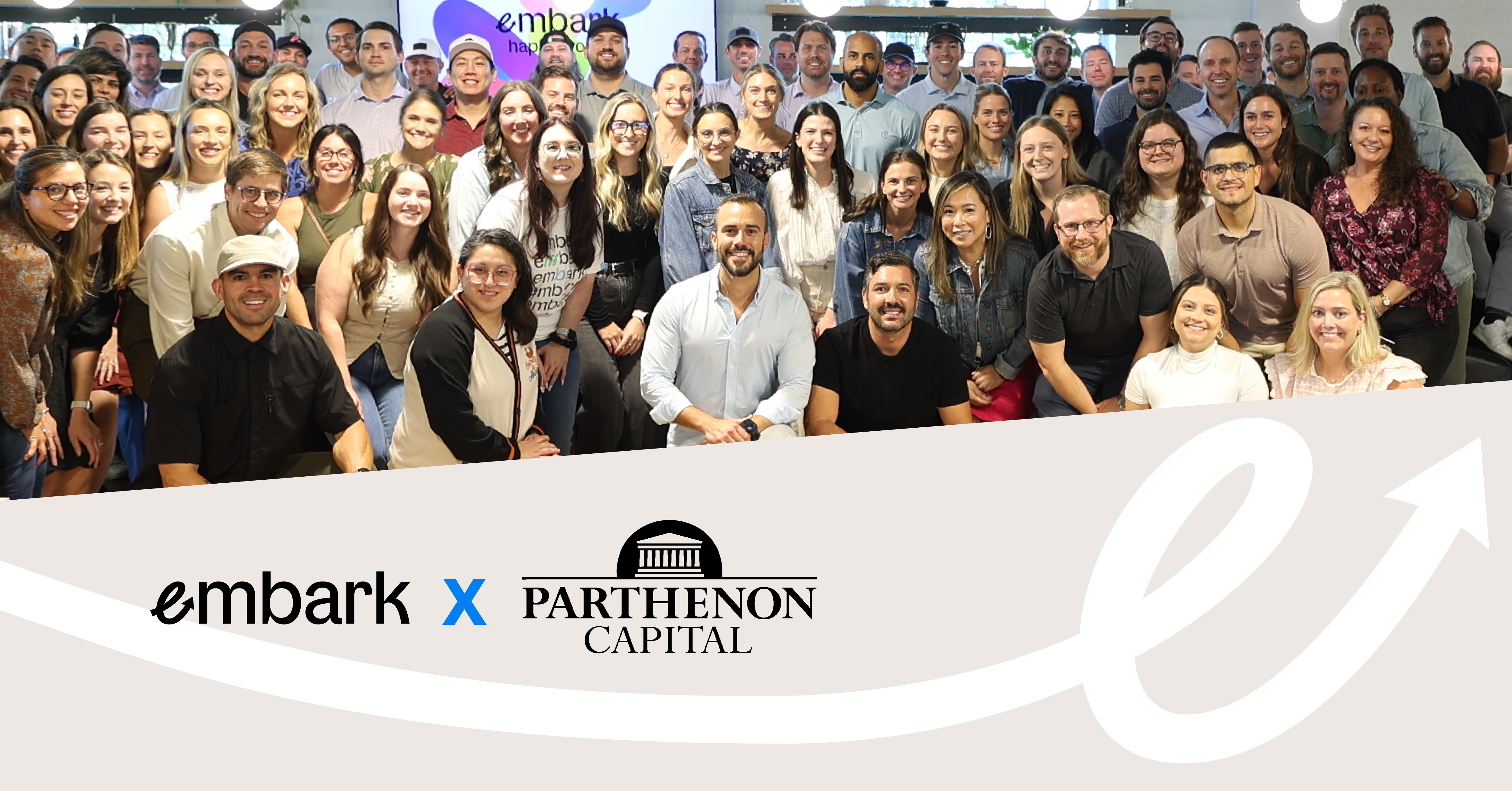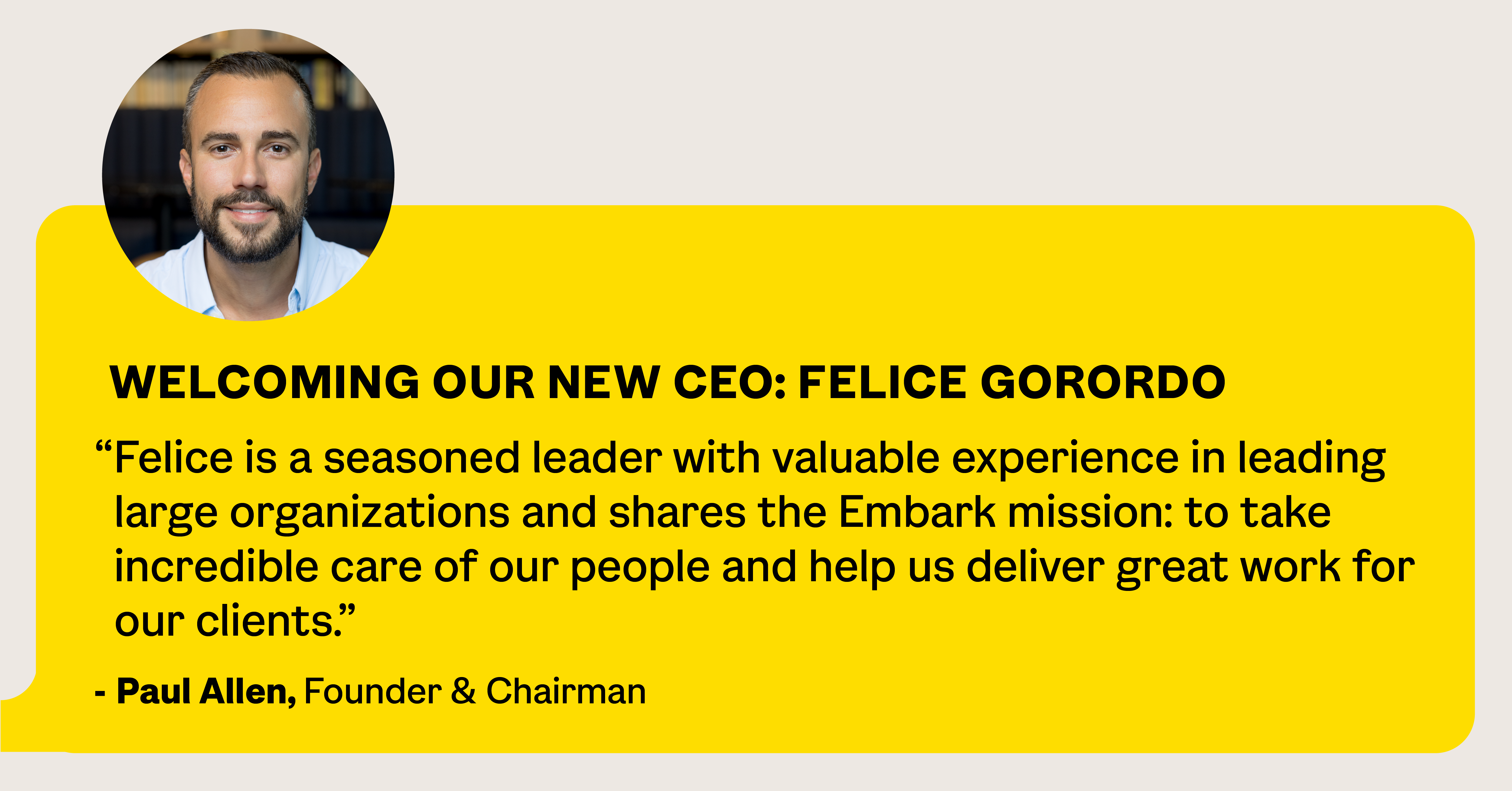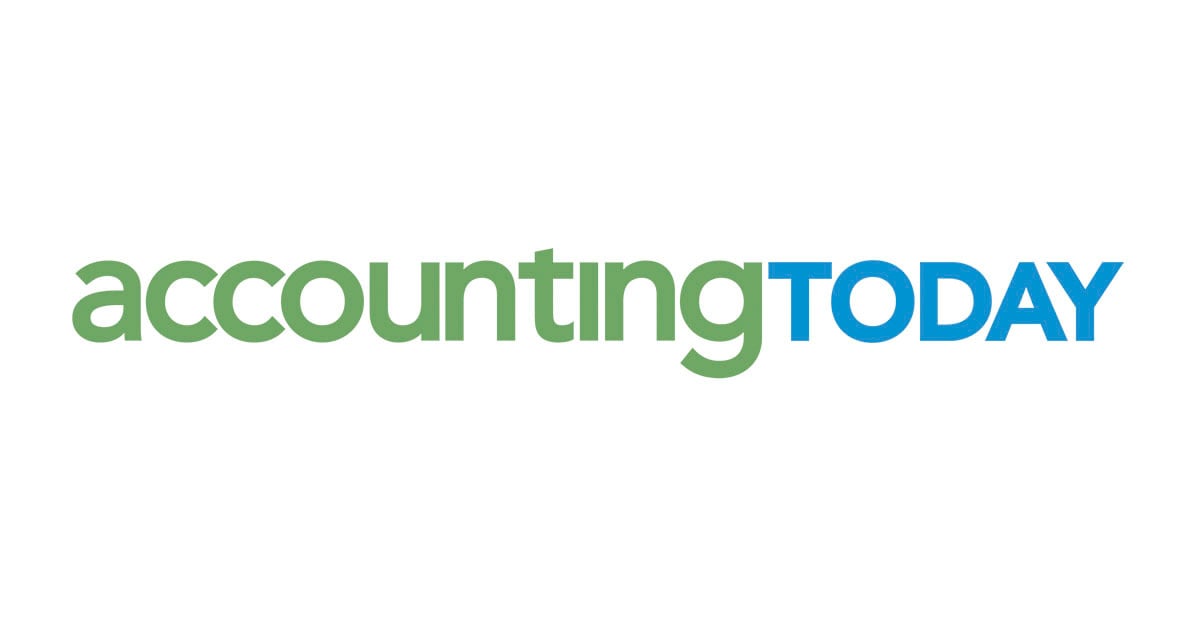
Financial audits get a bad rap. While certainly meticulous and often stressful, an audit shouldn't invoke absolute angst or dread in corporate finance teams. With the right preparation and mindset, organizations can transform an external audit from a daunting, drawn-out exercise into an opportunity for strategic insights.
Simply put, if CFOs, controllers and other finance leaders implement a handful of straightforward best practices before, during and after an audit, they can maximize efficiency and insight for everyone involved. The results are faster, more cost-effective audits, improved relationships with external auditors, and a more strategic perspective for better decision-making.
Get an early start
Beginning preparations at least six months in advance creates a culture focused on audit readiness. As part of this process, understand some of the more significant requests from your auditor, including any changes from prior audits, and assign cross-departmental leads to prepare or gather the necessary documentation and avoid last-minute fire drills chasing down records. Likewise, implement regular status check-ins on timelines and milestone completion, using interactive dashboards to monitor progress.
Early engagement also allows an accounting and finance team to build rapport with auditors, clarifying expectations upfront. Scheduling periodic meetings with auditors to address potential issues will create even greater efficiencies, really driving home the notion of a true partnership — albeit an independent one — between a company and its auditors.
Assess controls and risks
Well before auditors arrive, accounting and finance teams should conduct thorough self-assessments focused on the risks of material misstatements in their processes, along with the design and implementation of internal controls to address those risks. Documentation is crucial here, where teams should regularly test control functionality while tracking any changes in procedures. Along the way, encourage candid evaluations without fear of criticism or retaliation since the goal is to continuously strengthen oversight and reduce risks of error — or worse, fraud — even if it means lightly stepping on a toe or two.
In this critical pre-audit phase, common trouble spots include revenue recognition, new or modified significant contracts or agreements, asset impairments and expense underreporting, to name a few. But risks extend beyond numbers, of course, encompassing cyber threats, market volatility, supply chain crises and more. In such cases, management should evaluate hazards through an enterprise risk management lens.
To read the full article from Accounting Today, click here.


